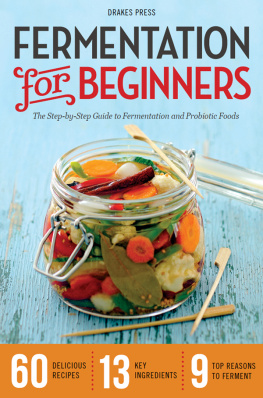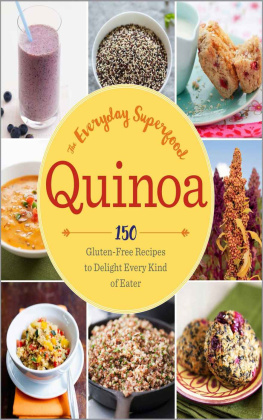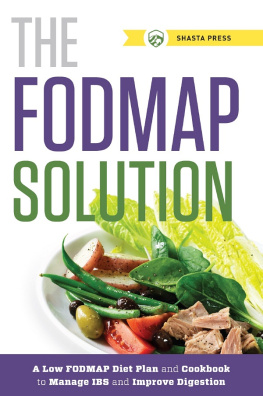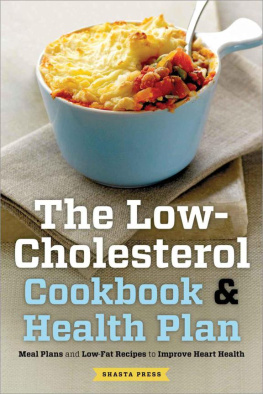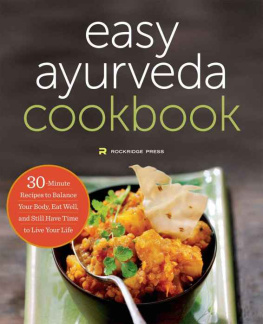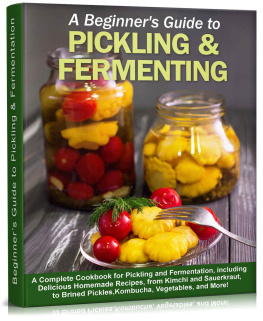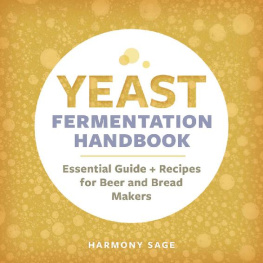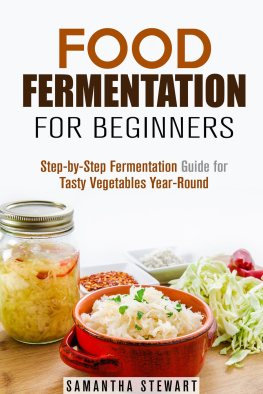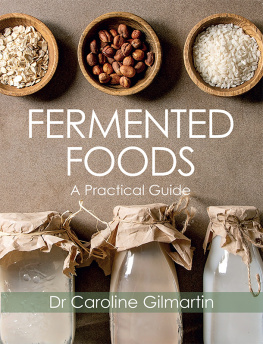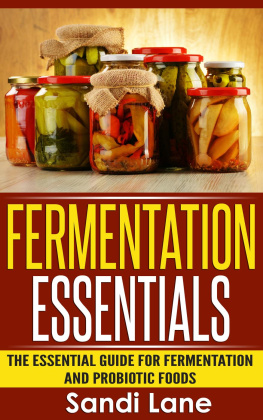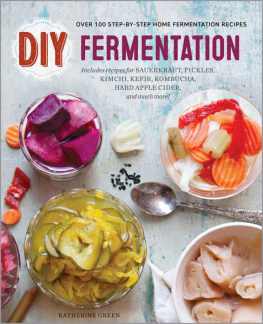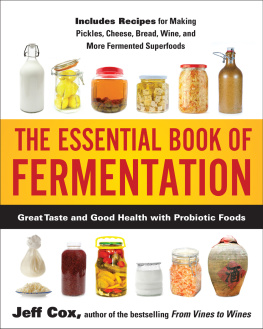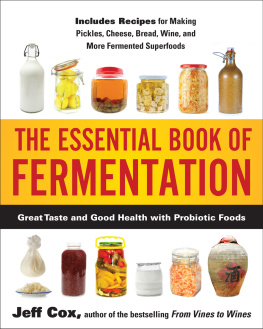Copyright 2013 by Drakes Press, Berkeley, California
No part of this publication may be reproduced, stored in a retrieval system or transmitted in any form or by any means, electronic, mechanical, photocopying, recording, scanning or otherwise, except as permitted under Sections 107 or 108 of the 1976 United States Copyright Act, without the prior written permission of the Publisher. Requests to the Publisher for permission should be addressed to the Permissions Department, Rockridge Press, 918 Parker St, Suite A-12, Berkeley, CA 94710.
Limit of Liability/Disclaimer of Warranty The Publisher and the author make no representations or warranties with respect to the accuracy or completeness of the contents of this work and specifically disclaim all warranties, including without limitation warranties of fitness for a particular purpose. No warranty may be created or extended by sales or promotional materials. The advice and strategies contained herein may not be suitable for every situation. This work is sold with the understanding that the publisher is not engaged in rendering medical, legal or other professional advice or services. If professional assistance is required, the services of a competent professional person should be sought. Neither the Publisher nor the author shall be liable for damages arising herefrom. The fact that an individual, organization or website is referred to in this work as a citation and/or potential source of further information does not mean that the author or the Publisher endorses the information the individual, organization or website may provide or recommendations they/it may make. Further, readers should be aware that Internet websites listed in this work may have changed or disappeared between when this work was written and when it is read.
For general information on our other products and services or to obtain technical support, please contact our Customer Care Department within the U.S. at (866) 744-2665, or outside the U.S. at (510) 253-0500.
Drakes Press publishes its books in a variety of electronic and print formats. Some content that appears in print may not be available in electronic books, and vice versa.
TRADEMARKS Drakes Press and the Drakes Press logo are trademarks or registered trademarks of Callisto Media Inc. and/or its affiliates, in the United States and other countries, and may not be used without written permission. All other trademarks are the property of their respective owners. Rockridge Press is not associated with any product or vendor mentioned in this book.
ISBN Print 978-1-62315-256-7 | eBook 978-1-62315-306-9

PART ONE
Introduction to Fermentation


Introduction
H umans have long loved, even craved, fermented foods and drinks. Without fermentation, wed have no wine or cheese. We also wouldnt have salami, prosciutto, bread, beer, yogurt, or sourdough. Some fermented foods are very pungent, like kimchi or sauerkraut. Some have peculiar textures, ranging from slippery to sticky. We love these stinky, pungent foods. Perhaps we love them because in the past there was no other choice; sauerkraut and other fermented foods were important to keep us alive when winter made farming or hunting impossible. Perhaps we love them because our bodies crave them to stay healthy and strong.
The fermentation process has the effect of preserving foods, so it was an important way for humans to feed themselves when fresh foods were scarce. It also converts starches in foods to make them more easily digestible. Eating fermented foods improves our digestion by introducing living probiotic cultures into our guts and helps us absorb more of the nutrients from the foods we eat.
Fermented foods have been changed by microbial activity. The word fermentation indicates that this change is beneficial. Some bacteria are benign, some are beneficial, and some are harmful. When a microbial system is in balance, whether in our gut or in our food, harmful microbes are kept in check by beneficial ones. When the system is disrupted, harmful microbes can get the upper hand and flourish at the expense of beneficial ones. That is the difference between a fine wine and moldy grape juice, or between a delicious cheese and spoiled milk.

CHAPTER ONE
Good Reasons to Ferment
People who live in Asian countries like Korea and China, cultures where fermented foods like pickles and yogurt are common, are healthier and live longer, and the evidence that fermented foods are beneficial to our health is growing.
Fermented foods are not only good for us, but also delicious. Fermentation creates complex flavorsfizzy and tart, savory and satisfyingthat no other kind of food has.
When you make your own fermented foods, you will derive the greatest nutritional benefit from them. Commercial pickles and other fermented products may not have been made through true fermentation; they may have been only been cured in vinegar. The flavor, although similar, is rarely as robust as an artisanal or homemade version. Even foods that are fermented using traditional methods can lose their potency, since the process of pasteurization can kill off most of the beneficial bacteria.
FERMENTING BOOSTS HEALTH
There are many health benefits when you eat fermented foods on a regular basis. These foods are an aid to digestion. They restore the colonies of healthy bacteria (flora) in the gut, another name for the alimentary canal, which is the place where food is digested and absorbed into the human body. This includes the stomach and the intestines. Studies have shown that fermented foods can lessen or reduce allergies. They reduce plaque bacteria in the mouth, resulting in fewer cavities and healthier gums. When people include fermented foods in their diets, they tend to lose weight more easily. And fermented foods may even help prevent such serious diseases as arthritis and atherosclerosis.
Why does balancing flora in the gut matter? When things get out of balance, the natural defense against harmful bacteria is not as robust. That is when we can start to experience a wide range of problems, from headaches to diarrhea to allergies. It is very easy for us to throw our balance out of whack simply by living an average, modern lifestyle. Poor food choices, emotional stress, poor sleep habits, even environmental conditions can easily upset the flora in the gut. Introducing fermented foods, with their beneficial living microorganisms, can bring things back into balance.
FERMENTING CREATES HEALTHY PROBIOTICS
Fermentation depends on thriving colonies of friendly microbes to do its work. Once the microbes find themselves in the friendly environment of a food with plenty of water and nutrients, they start to grow and reproduce. As they consume the sugars in the food, they produce alcohol and carbon dioxide. This changes the flavor and texture of the food. When we eat them, they go directly to the gut, where they encourage the growth of even more healthy bacteria.
The word probiotic comes from Greek words that mean promoting life. A probiotic is a living organism. That is why you see the words live or living on the labels of your favorite yogurt. In fact, most fermented foods contain probiotics and prebiotics. Prebiotics do not actually contain the living organism themselves; they do create a favorable environment for healthy microbes. Both probiotics and prebiotics work together to promote digestive health and boost the immune system.

